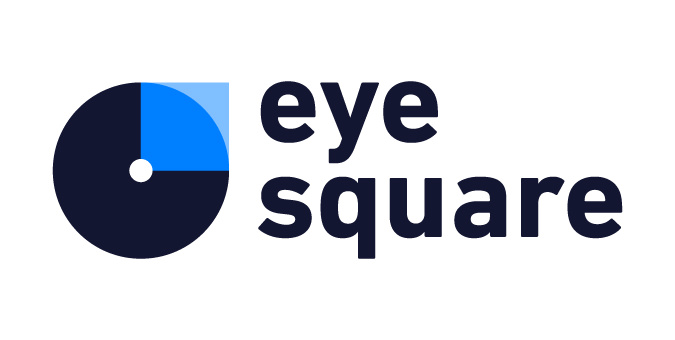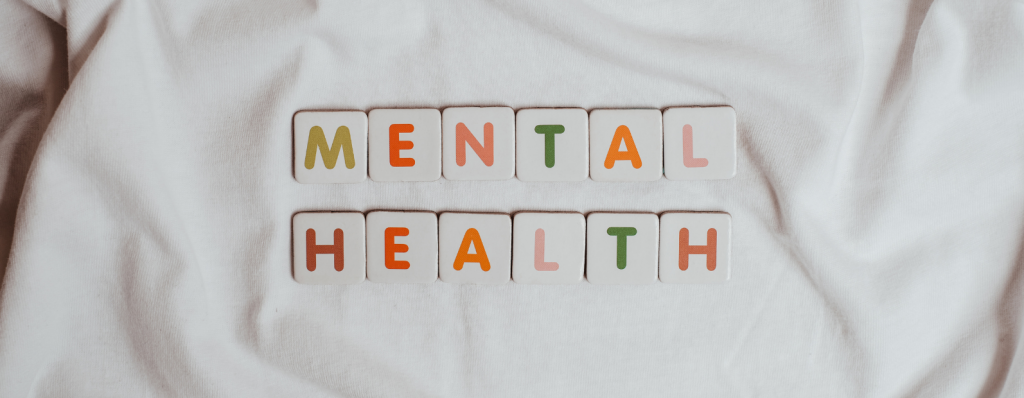22 Feb Happy & Healthy: how mental health apps benefit from UX research
Even before Covid, demand for digital mental health services had been growing substantially – a trend that has only been strengthened by the pandemic. A lack of mental health practitioners, and new barriers to accessing care, have resulted in more affected, yet undertreated people.
As one of the leading mental health apps, MindDoc requires users to log their health/mood on a daily basis in order to assess symptoms, recognize patterns and provide personalized resources. With a variety of courses and exercises, the technology helps users on their journey toward better emotional well-being.
In a joint study with MindDoc, our goal was to improve the performance of MindDoc by responding to various health concerns, usage barriers, quality of the on-boarding process, user acceptance and intentions, and long-term added value. As an interactive product is perceived on a pragmatic/rationalist and a hedonic/emotional level, we used a “mixed method” approach by combining qualitative UX interviews, with ethnographic diary phases, and quantitative in-app surveys.
Key Takeaways
- Mental health is an extremely personal topic that needs to be reflected by a welcoming design, easy set-up, and engaging user experience.
- Positivity and empathy play a major role in the overall UX requirement.
- Personal and individualized interaction is key, and is a must as mental health apps need to spark motivation and “work with people”.
Learn what else we found out:

